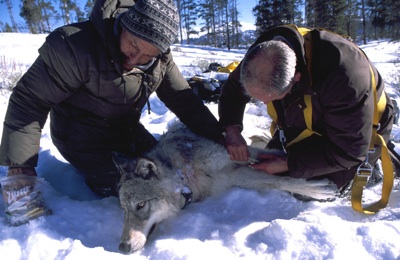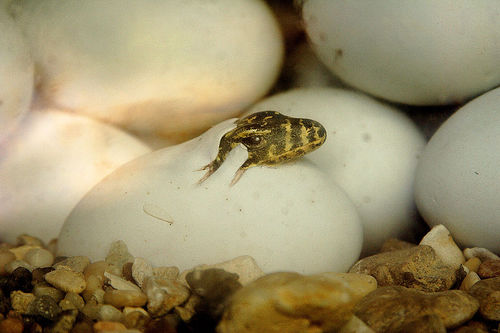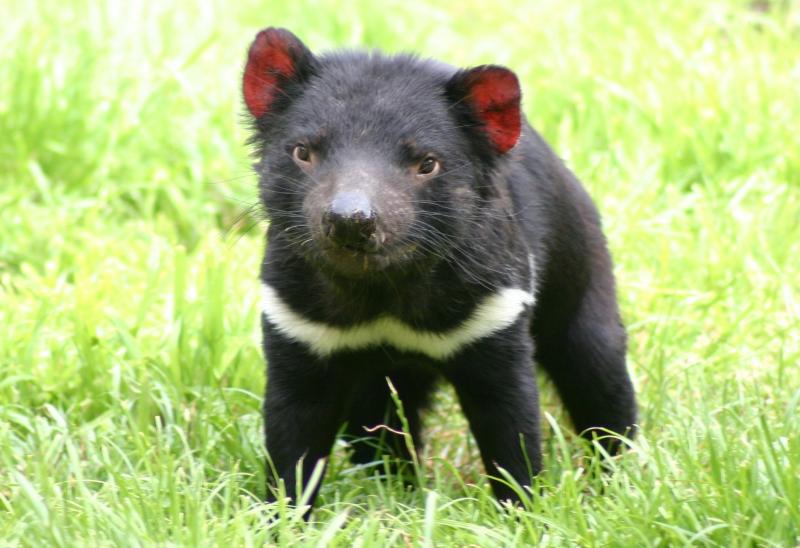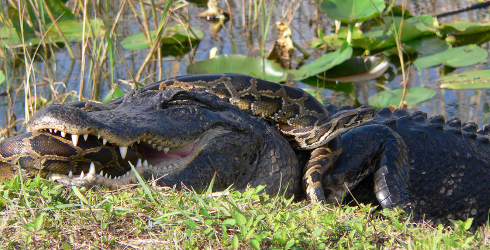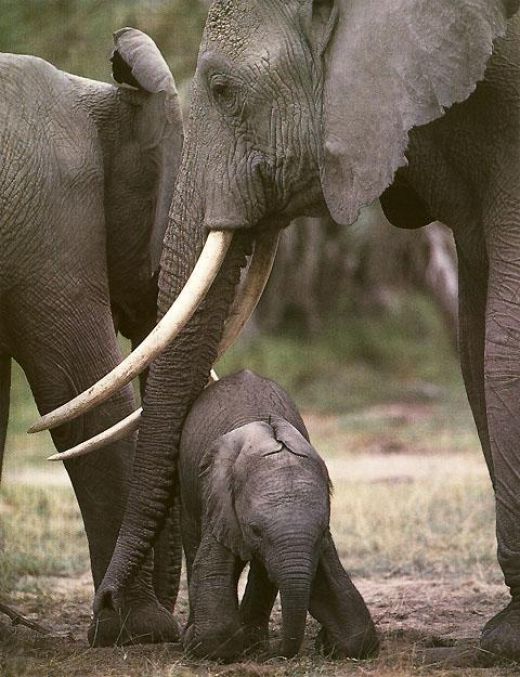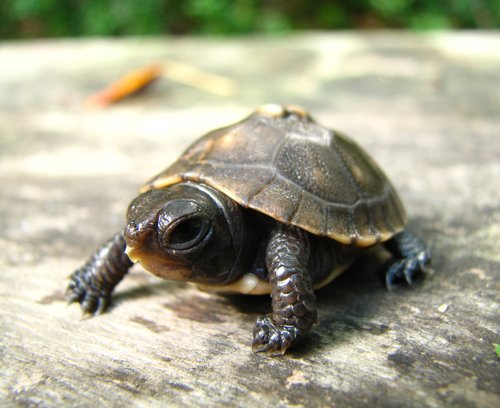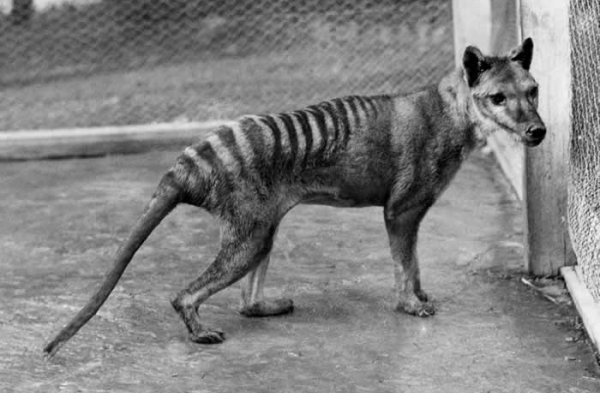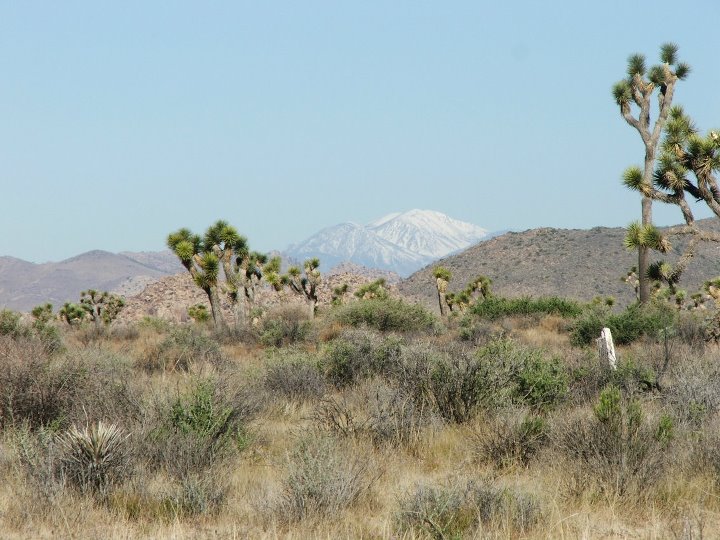Happy Earth Day! Initiated in 1970, Earth Day is an annual event encouraging people around the world to make their lives a little more greener. By doing so, people conserve resources and help ensure that what we have today will be here tomorrow. With hundreds, if not thousands, of ideas that can help to reduce our footprint, what will you do to celebrate Earth Day? Recycling initiatives are common place today. The well known Reduce, Reuse, Recycle or the 3Rs program helps to reduce either by reusing or recycling items. Rubbish cleanup events follow suit along highways or in natural …
Making Everyday Earth Day

